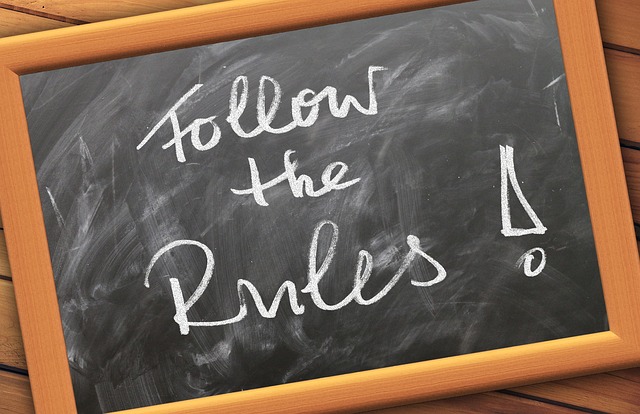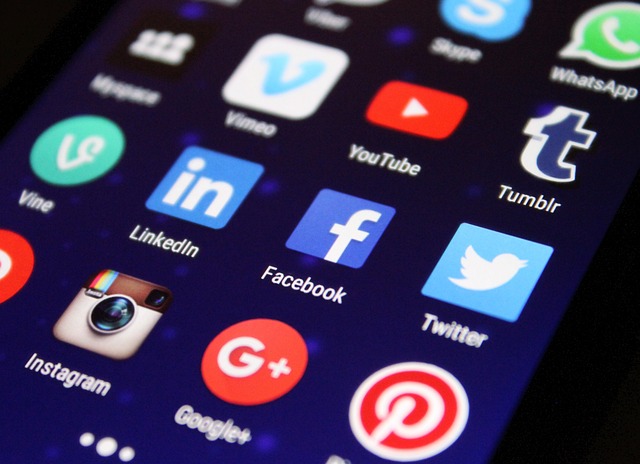Navigating Addiction: How Community Guidelines Impact Social Media
In today’s digital age, social media plays an integral role in how we connect, communicate, and share our lives. However, as addiction becomes more prevalent among users, the ways social media platforms govern their communities are increasingly under scrutiny. Community guidelines are designed to create safe environments, but how effective are they when it comes to addressing the complexities of addiction?
Social media has the power to foster both connection and isolation. For those struggling with addiction, these platforms can serve as double-edged swords. On one hand, social media provides a space for people to share their stories, find support groups, and connect with others facing similar challenges. On the other hand, it can also amplify feelings of loneliness, expose users to triggering content, and perpetuate harmful behaviors.
Community guidelines are crucial in shaping the narratives that emerge within these digital spaces. They set the tone for acceptable behavior, define what constitutes harmful content, and outline consequences for violators. For users dealing with addiction, clear and supportive guidelines can foster a culture of encouragement and recovery. Unfortunately, the effectiveness of these guidelines often varies significantly between platforms.
Take, for example, the way different social media outlets handle discussions around substance abuse. Some platforms like Facebook and Instagram have implemented policies aimed at reducing the spread of content that glamorizes or trivializes addiction. They also provide resources and links to support services, making it easier for individuals to seek help. This proactive approach can transform a potentially harmful environment into one that prioritizes healing and understanding.
Conversely, some social media spaces struggle with enforcing their guidelines. Inconsistent moderation can lead to harmful content slipping through the cracks, affecting users who may be vulnerable. For those navigating the painful journey of addiction, exposure to triggering images, substance glorification, or distressing narratives can reinforce negative behaviors rather than support recovery.
Moreover, the anonymity often afforded by social media allows users to share their struggles without fear of judgment. This ability can be essential for many who find it difficult to discuss their issues in person. Nevertheless, when community guidelines are vague or inadequately enforced, the risk of harmful interactions increases. Trolls and negative comments can derail a person’s journey to recovery, leading to feelings of shame, guilt, or even relapse.
Ultimately, the impact of community guidelines on social media can be profound. A robust set of guidelines accompanied by vigilant enforcement can create safe havens for individuals grappling with addiction. These efforts not only encourage a supportive community but also signify that social media companies recognize their responsibility to protect vulnerable users.
As we continue to navigate the intricate relationship between addiction and social media, it’s essential for both users and platform developers to engage in open dialogues about the importance of clear, compassionate community guidelines. By prioritizing these conversations, we can work together to create digital environments that truly foster healing and understanding.




